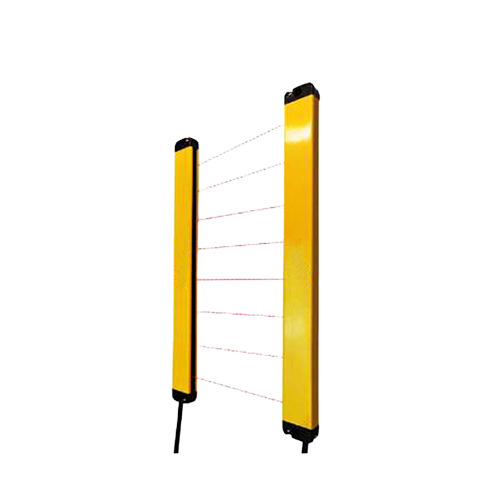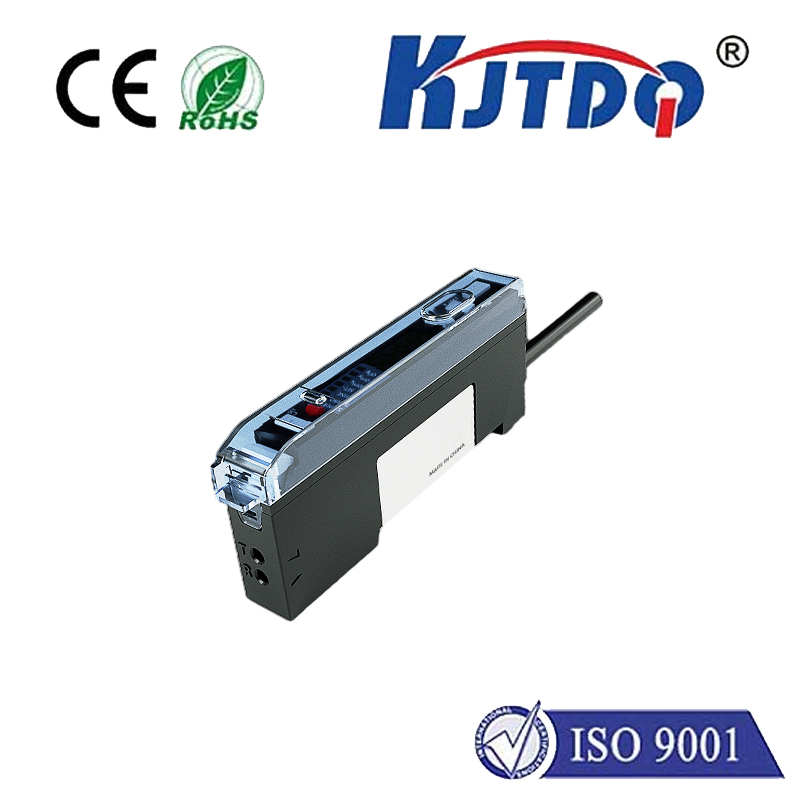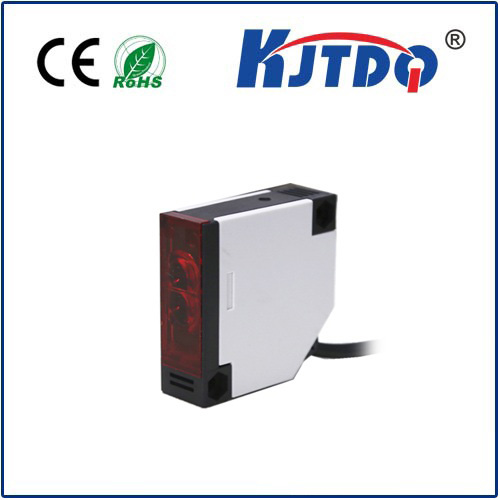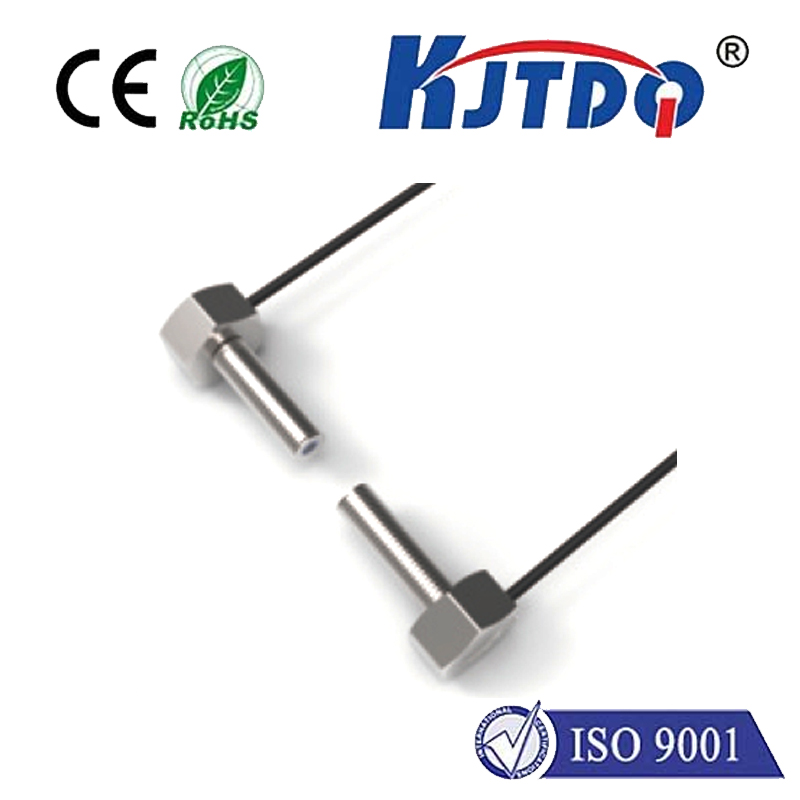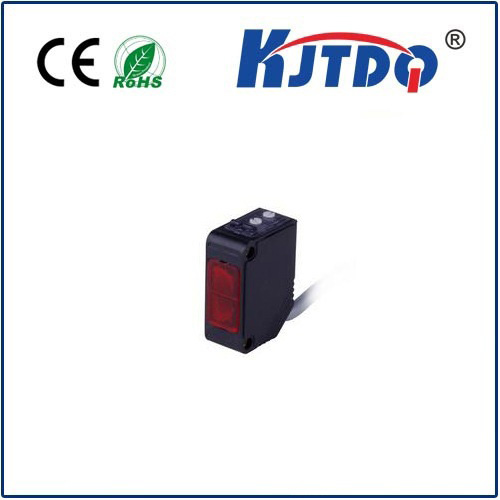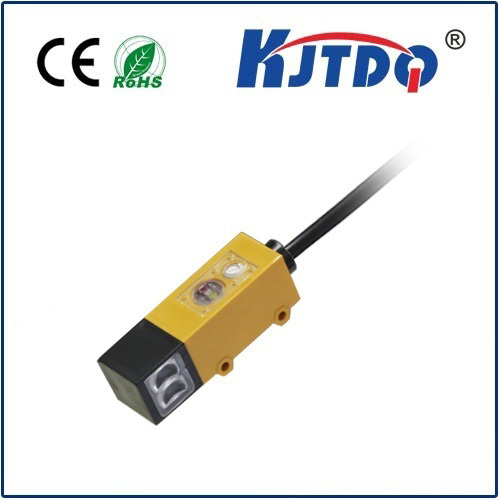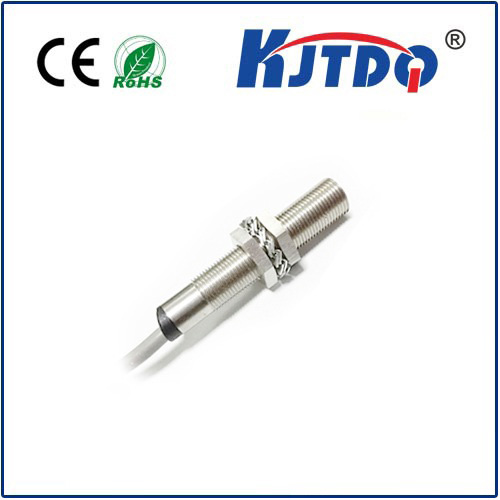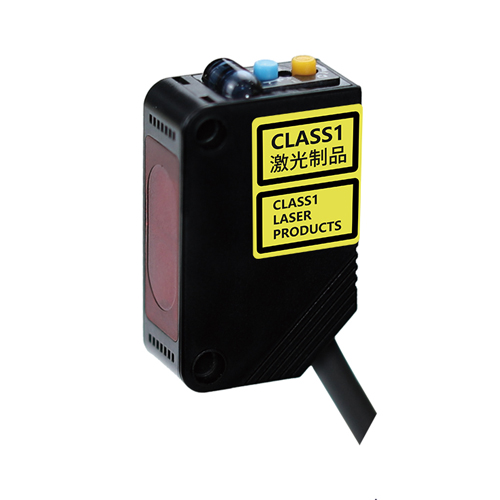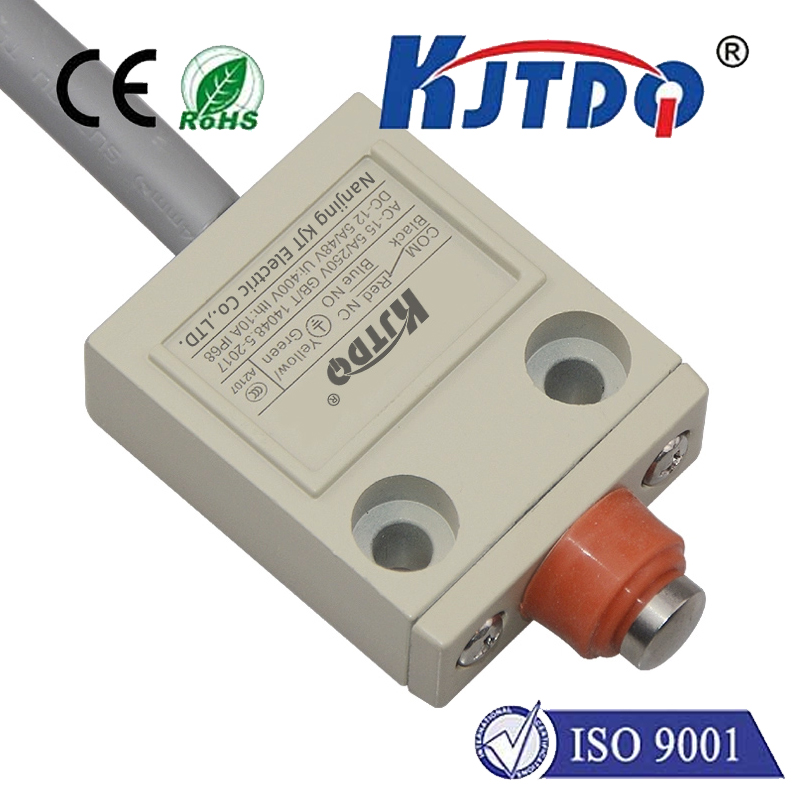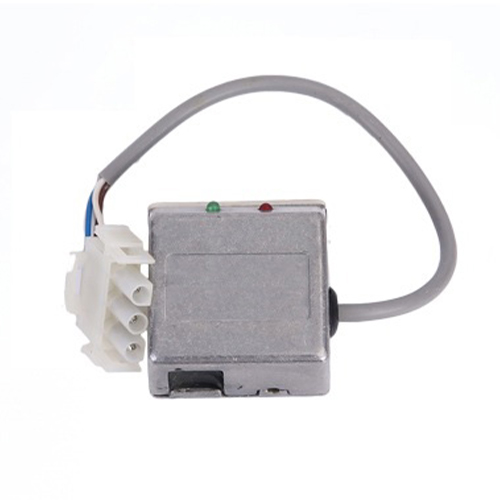

check

check

check

check

check

check

check

check

check

check
Photoelectric Switch: A Revolutionary Innovation in Sensor Technology
The photoelectric switch, also known as an optical sensor or photo interrupter, is a revolutionary innovation in the field of sensor technology. It works on the principle of detecting the presence or absence of light and converting it into an electrical signal. This simple yet powerful device has numerous applications in various industries, including manufacturing, automotive, and healthcare.
One of the most significant advantages of a photoelectric switch is its high accuracy and reliability. Unlike traditional mechanical switches that rely on physical contact to function, photoelectric switches operate without any moving parts. This makes them ideal for use in harsh environments where dust, dirt, and vibration can affect the performance of other types of switches.

In addition to their durability, photoelectric switches are also highly versatile. They can be used to detect a wide range of objects, from small components on a production line to large vehicles in a parking lot. Moreover, they can be easily integrated with other electronic systems, such as programmable logic controllers (PLCs) and microcontrollers, to create complex automation solutions.
Another key feature of photoelectric switches is their ability to provide real-time feedback. By continuously monitoring changes in light intensity, these sensors can quickly detect when an object enters or exits their detection area. This allows for immediate responses to changing conditions, improving overall system efficiency and reducing downtime.
Photoelectric switches come in various shapes and sizes, each designed to meet specific requirements. Some models are compact and discreet, making them suitable for space-constrained applications, while others are more robust and suited for heavy-duty tasks. Additionally, many photoelectric switches offer adjustable sensitivity settings, allowing users to fine-tune their performance according to their needs.
Despite their many benefits, photoelectric switches do have some limitations. For example, they may struggle to detect transparent or highly reflective objects, which can cause false readings. Furthermore, environmental factors such as temperature fluctuations and humidity levels can affect their accuracy over time.
To overcome these challenges, manufacturers continue to develop advanced photoelectric switches that incorporate new technologies such as artificial intelligence (AI) and machine learning algorithms. These smart sensors can learn from their environment and adapt to changing conditions, resulting in even greater precision and reliability.
In conclusion, the photoelectric switch represents a major breakthrough in sensor technology due to its accuracy, reliability, versatility, and real-time feedback capabilities. As this innovative device continues to evolve with advancements in AI and machine learning, it will undoubtedly play an increasingly crucial role in driving industrial automation and improving safety across various sectors
